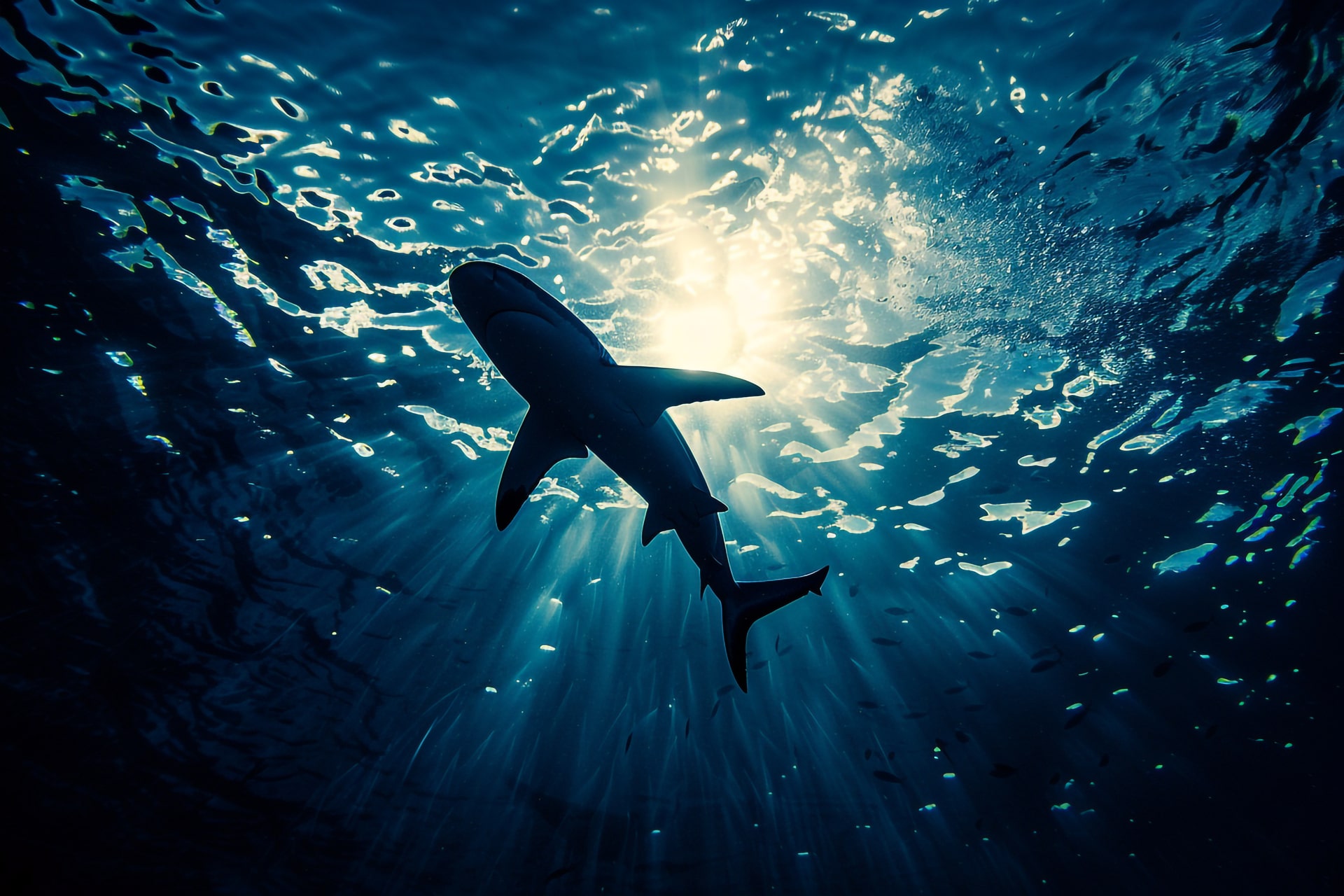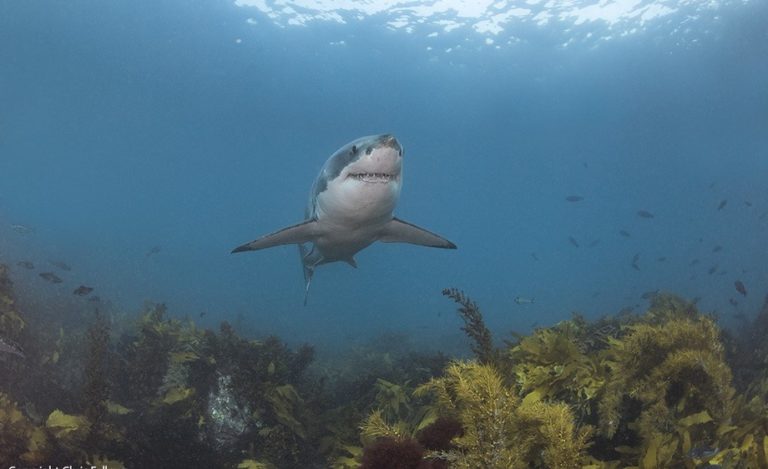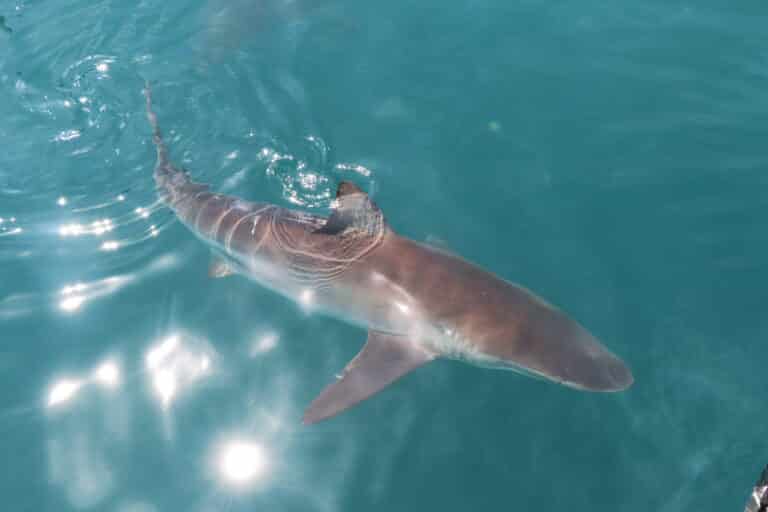By Courtney Cooper
Photography Tips for Capturing the Perfect Shot on Your Shark Cage Dive
Use the Right Gear
For underwater photography, the right equipment is essential. A waterproof camera housing or a GoPro with a dome port will allow you to capture clear, sharp images while preventing water damage. If you’re using a DSLR or mirrorless camera, invest in a quality underwater housing to ensure both protection and functionality.
A wide-angle lens (such as a 10-18mm or 16-35mm) is ideal for capturing large, majestic sharks in their environment, allowing you to get a broad view of the scene. For close-up shots, consider a macro lens for detailed portraits of sharks and other marine life. In this article, we look at photography tips for capturing the perfect shot on your cage dive.
We also discuss further shark facts that you might be interested in! Apex Shark Expeditions provides the best shark cage diving in Cape Town.

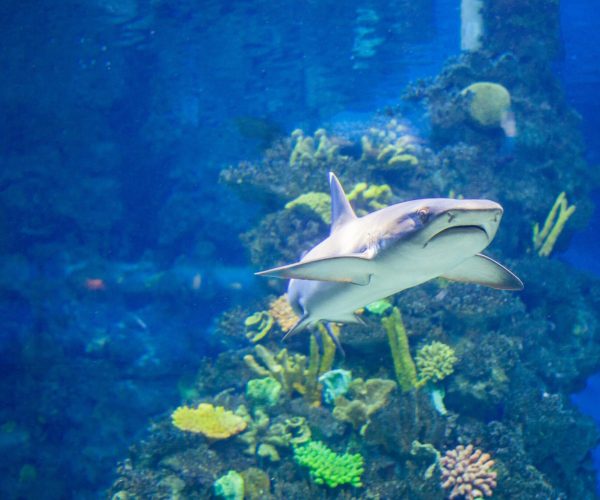
Adjust Your Settings for the Conditions
Lighting underwater is often low and can be unpredictable, so adjusting your camera settings is crucial. Use a higher ISO (800-1600), but keep in mind that higher ISO settings can introduce noise. If possible, shoot in RAW mode to preserve image quality, allowing you to make adjustments later without losing details. For aperture, use a wide setting (f/2.8 to f/5.6) to let in as much light as possible and achieve sharp depth of field.
A faster shutter speed (at least 1/1000s) is necessary to capture fast-moving sharks in crisp focus. But be careful—if the shutter speed is too high, it can result in underexposed images due to the lack of light.
Master Composition and Framing
Composition is key to shark photo success. Try to frame the shark with enough space to display its environment. Position the shark off-center using the “rule of thirds” to create a dynamic equilibrium with the ocean. Allow for shark movement—sharks are sleek, strong creatures that bring energy to the photo.
Be sure to include the cage, water, and surface light. These features can add depth and reflections to photos. Consider integrating other divers for scale and perspective.
Use Natural Light Whenever Possible
Natural light can create stunning, dramatic effects underwater. Aim to take photos when the light is most abundant, usually during the morning or afternoon. As sharks tend to swim at deeper depths, you may need to bring in an external light source, such as an underwater flash or strobe, to illuminate the sharks clearly. Be careful, though—using artificial lighting can startle sharks and other marine life. When using strobe lighting, aim to position it to the side or behind the shark to avoid harsh shadows.
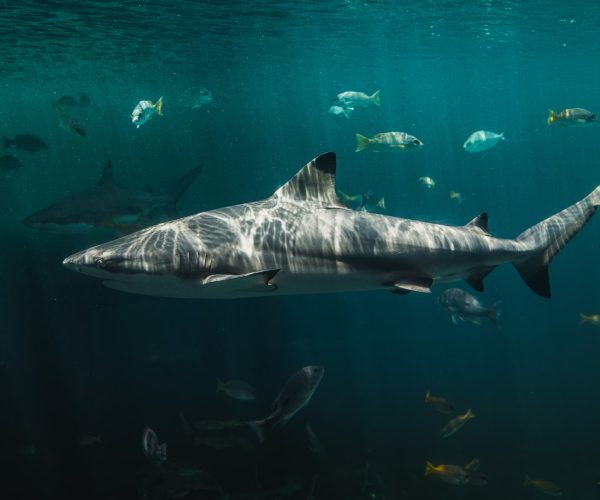

Capture Motion and Action
Sharks are powerful animals that move with incredible speed and agility. To capture this action, try panning with the shark’s movement. This technique involves following the subject with your camera, using a slower shutter speed (around 1/250s) to create a motion blur effect on the background, while keeping the shark in focus.
Take Multiple Shots and Experiment
Sharks are unpredictable, so it’s crucial to take many shots to increase your chances of capturing the perfect moment. Adjust your framing, focus, and settings as you go, experimenting with different angles, distances, and compositions. Sometimes, waiting for the perfect moment when the shark positions itself just right can result in a stunning, once-in-a-lifetime shot.
Respect the Sharks and the Environment
Above all, prioritise safety. Make sure your gear is secure and follow the diving operator’s shark interaction protocols. Focus on the sharks but keep your distance. Avoid startling animals with quick movements. A calm and patient approach will bring you closer to these gorgeous creatures and allow for beautiful photos.
Apex Shark Expeditions provides the best shark cage diving in Gansbaai. We also look at the role of South Africa’s shark cage diving operators in combating overfishing.

